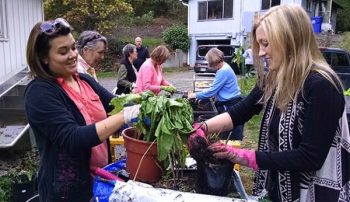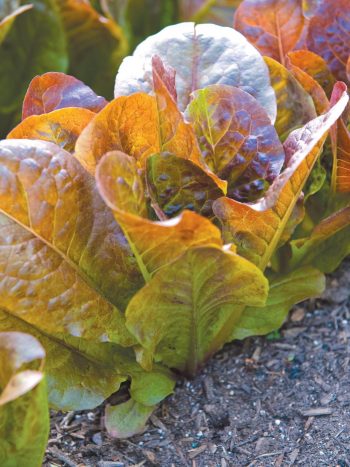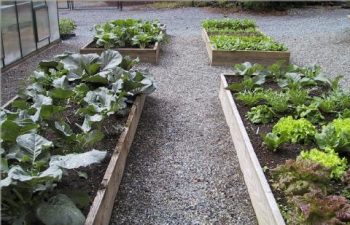Even with ready availability of online clubs and forums these days, there is no substitute for real-life groups of people who gather together regularly based on a common set of interests. When it comes to gardening, personal interaction and the demonstration it makes possible is not only enjoyable, but very important. If you’re interested in starting a gardening club of your own, consider focusing your group on winter gardening. Why? Because there are bound to be a shortage of other groups who are heavily involved in this niche topic. That says, forming a winter gardening club doesn’t really require special treatment over any other type of gardening club. As long as you’re well-versed in winter gardening, you should be able to follow the same basic steps. Here’s how to go about it.
1. Reach Out
Just because your winter gardening club will have a similar interest doesn’t meant they all have to be similar people. If you reach out and spread the word, you’ll probably find interested people from all walks of life and backgrounds. Don’t be afraid to involve people who seem very different from you — that diversity will only make your winter gardening club that much more interesting and fun.

2. Communicate Regularly
How often you set up your club interactions is up to you and your members. Whether you choose weekly or monthly meetings, take long beaks during the year when you communicate mainly electronically, be sure interactions are consistent and meaningful. Communicate about meetings and events, and be receptive to feedback of all kinds. Make sure you get everyone’s email address and phone number, and start a social media group to make communication even easier. In-person meetings don’t have to be formal, but they should be productive so members feel that attending is a good use of their time. And don’t forget the friendship part.

3. Provide Expert Help
If you’re not an expert, that’s okay! Club members likely know people who can come to your meetings to give your group some interesting insights and demonstrations. Check with your local university or conservation group, and they can likely tell you about events you can all attend, or point you in the direction of some winter gardening experts who can help.

4. Let Everyone Contribute
How formal you get with member contributions up to you. Maybe you have members sign up for demonstrations that require them to learn the skill first. Maybe you open every meeting with an opportunity for members to share what they’ve learned about winter gardening since the last meeting. Whatever you do, remember that this club is for every single member and should be a comfortable place for everyone to contribute.

5. Outline Your Topics
Your winter gardening club will be a lot more valuable to members if you cover practical topics that provide real-world knowledge. When starting your club, map out several months in advance of the topics you’ll be covering. Some of those might include germinating seeds indoors, building cold frames, which crops grow best over the winter in your area, cooking with the vegetables you grow, and how to protect crops from harsh storms.


Leave a Reply